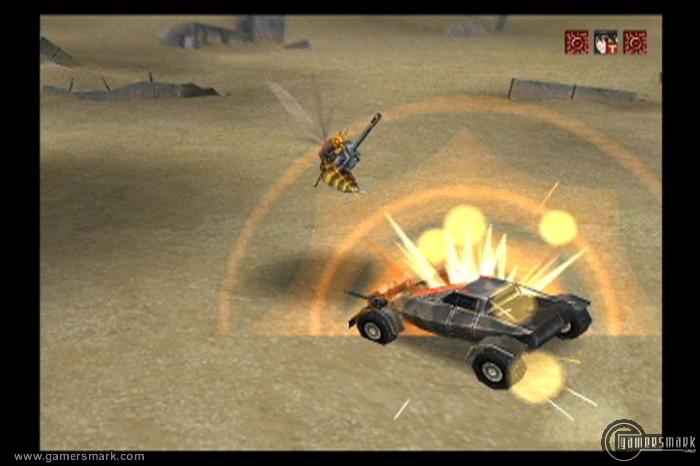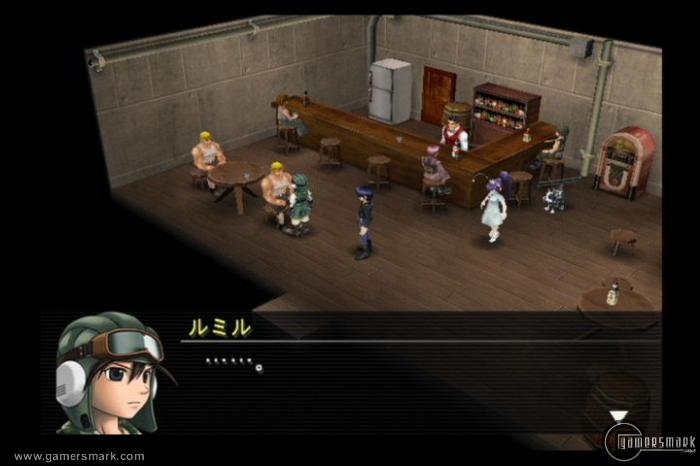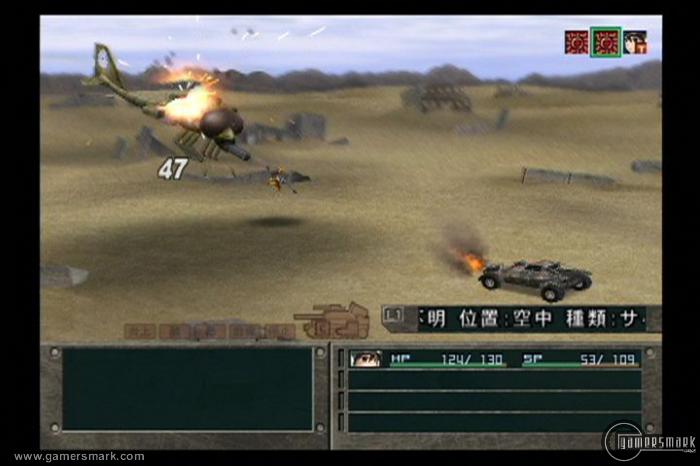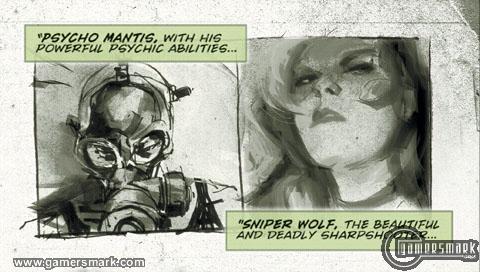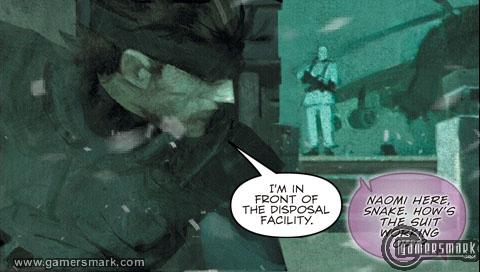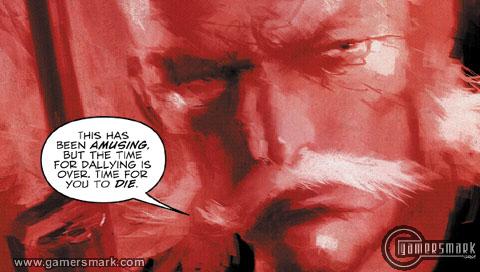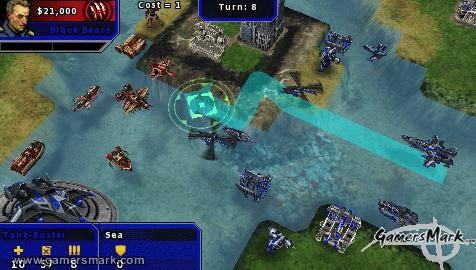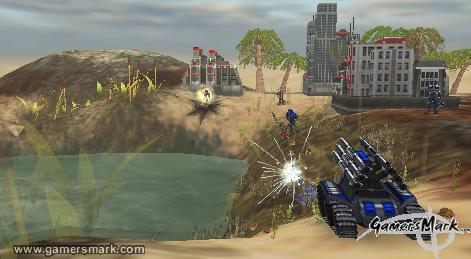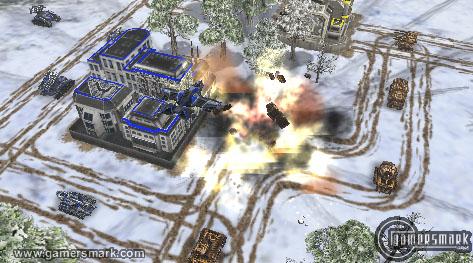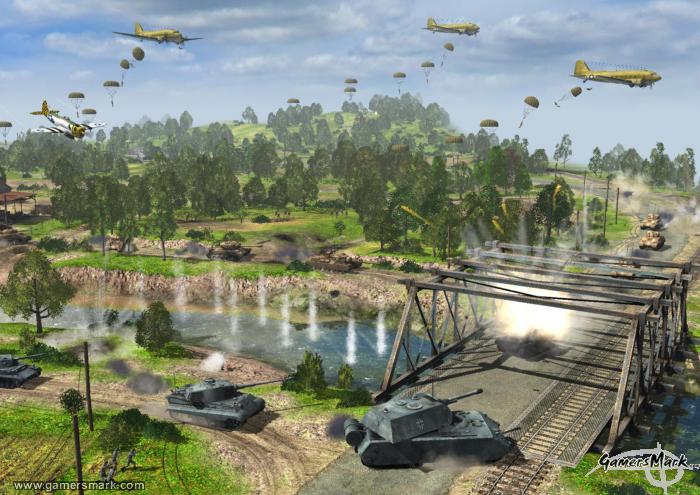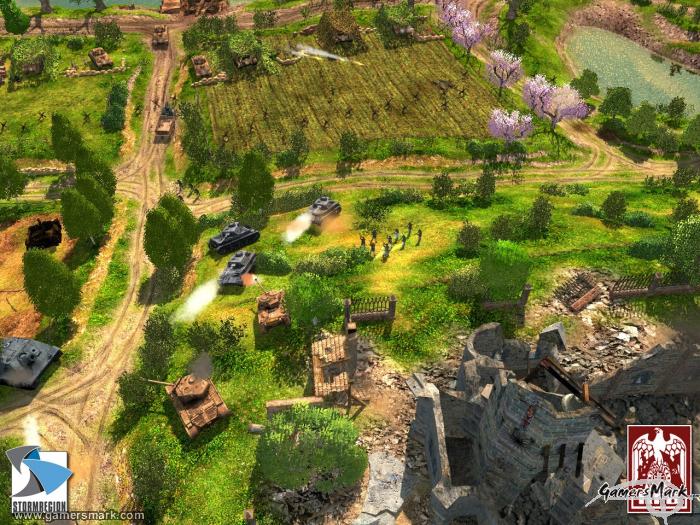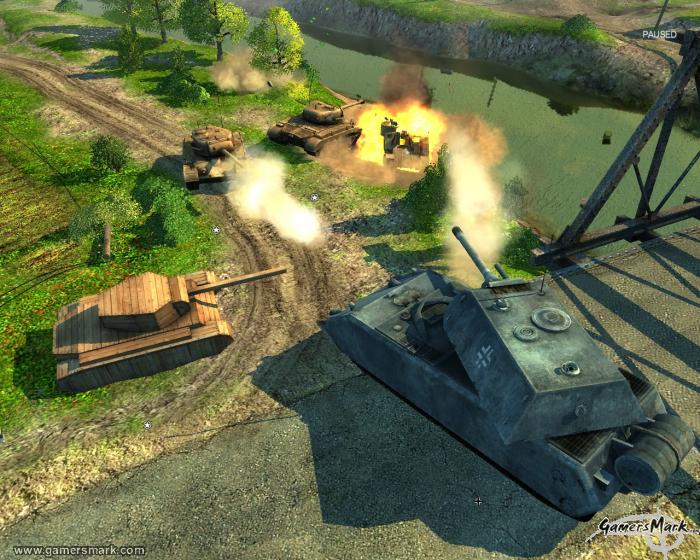Developer: Sony Computer Entertainment / Publisher: D3 Publisher || Overall: 6.0/10
Jobs these days are too complex. Why can’t we be paid for simply adding numbers together, chopping wood or putting caps on septillion pens? Why aren’t there stupid jobs that would pay you in pennies rather than dollars? To that, I say WTF!!!! Not “what the fuck,” silly, I mean Work Time Fun, the game!
Known as “Byte Hell 2000” in Japan, WTF: Work Time Fun is a mini-game compilation published in North America by D3Publisher of America, and developed by Sony Computer Entertainment. It’s easy to tell how D3PA’s localization shapes the feel of the game, when it comes to what is being communicated to you through text or voice — however; those are the least important aspects of WTF. The real meat comes in the form of mini-games called jobs. The reason they’re called jobs is simple — many depict a form of labor or a task to be done rather than being an actual small game, so to speak.
Most of the jobs are very simple, requiring you to only use one or two buttons. Possibly the best thing about the game as a whole, is that it takes very little time to load each job, and you can get right into playing each game. Usually taking less than a few seconds to get from the top menu and right into it, you’ll only be inhibited by your patience at working any one particular job.
To start a game, you’ll have to go to the Job Placement Office. There, you’ll be able to select one of four jobs to get paid for at any given time. Meaning, even if you’re able to work at more than four jobs, you’ll only be able to choose one of the four that are available when you go into the Job Placement Office, which will force you to play games you don’t exactly want to play. As you complete jobs, you’ll earn money and earn rankings for how far you get within particular jobs; its not too complicated.
Other than putting caps on pens, chopping wood, and counting in your head, there are jobs like sorting chickens, catching baseballs, collecting mushrooms while avoiding traffic, counting people as they pass by, cliff racing and others. One notable game is 4 Fingers, in which you smack a sharp object into the table in between your fingers, and as you pass your hands the sharp object will go faster and faster forcing you to change the rhythm of your button presses. My personal favorite game is Demonstration Round Up, a game that is similar to PC and cell phone favorite Snake, in which you’ll incite a riot by emptying colorized buildings full of people. Once you collect the people that come out of the buildings, they will be added on to your large chain of people. You have to be careful because riot police will break up your line, and make a large part of your effort be for nothing. If Demonstration Roundup were fleshed out into a larger game, it would be quite enjoyable, despite its lack of graphical impressiveness. Other original games are included, and some can be aligned to classical arcade games with a spin on them, or simply be seen as some of the worst “games” to ever be conceived. It’s really a mixed bag when it comes to the selection of games.
When you earn money, you can take it to the vending machines. With the vending machines, you can take your chances at getting new jobs, trinkets, and tools. Jobs are rather rare, as are tools. Tools are simple little programs that will help you do something rather meaningless. There are things like a multi-colored flashlight, easy bill splitter, and a ramen timer. The ramen timer is quite humorous. Depending on which version you choose and for how long, you can either see a buff Japanese guy saying “muscle muscle muscle” for three minutes, or a cute Japanese girl saying “goody goody” for five minutes; it’s certainly helpful when you want to make ramen, I suppose. The interesting thing about the ramen timer’s video is that it uses the PSP the long way, so their full bodies will take up most of the screen rather than being squished or only seeing part of their body in the normal way.
The graphics are mediocre at best. Practically all the games are in 2D, and look pretty bad to boot. WTF is not a game that tries to please the eyes, to say the least. The sound effects are quite annoying at times, and very little music is actually played through any of the games involved, usually letting you focus on the job at hand rather than anything else. The multiplayer options are quite nice. Game sharing can be a big part of the game if you let it be — any friend with a PSP can help you out with your jobs by having them “outsourced” and their earnings will be put into your pocket for use in the vending machines.
If you’re looking for a game to waste time with, WTF: Work Time Fun is not a bad choice. There is a sprinkling of humor, but as a game, it’s not that much fun. The main draw here is definitely the humor, but what you get out of it really depends on the amount of time you can sink into doing the monotonous tasks that are available; when there’s nothing to do at work, it probably can’t get any worse than this.

